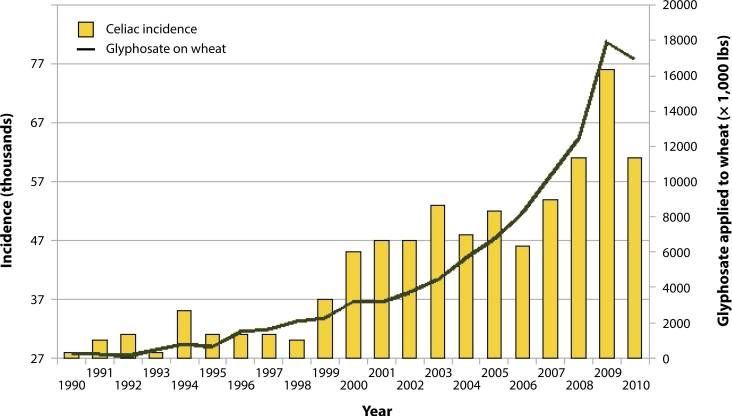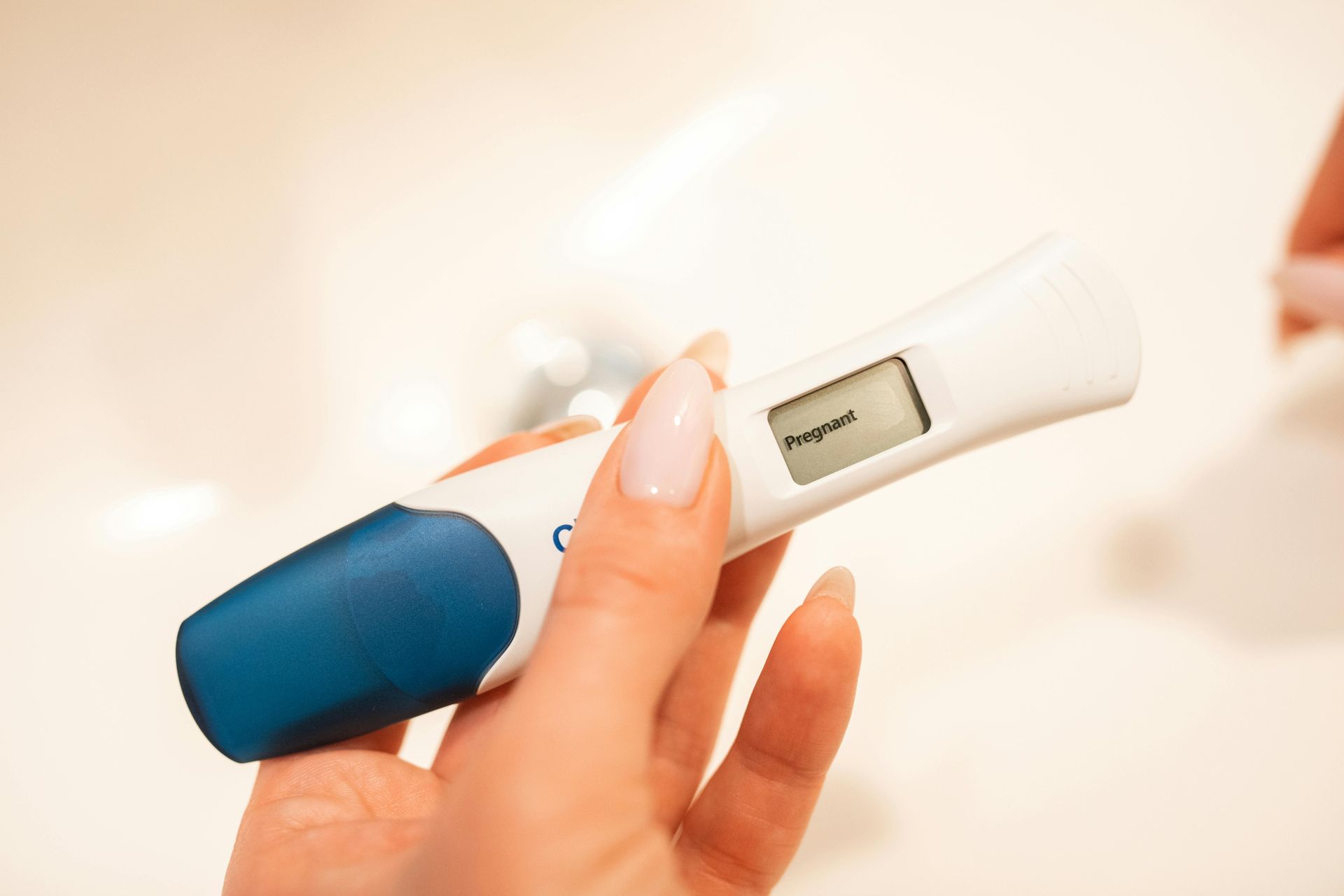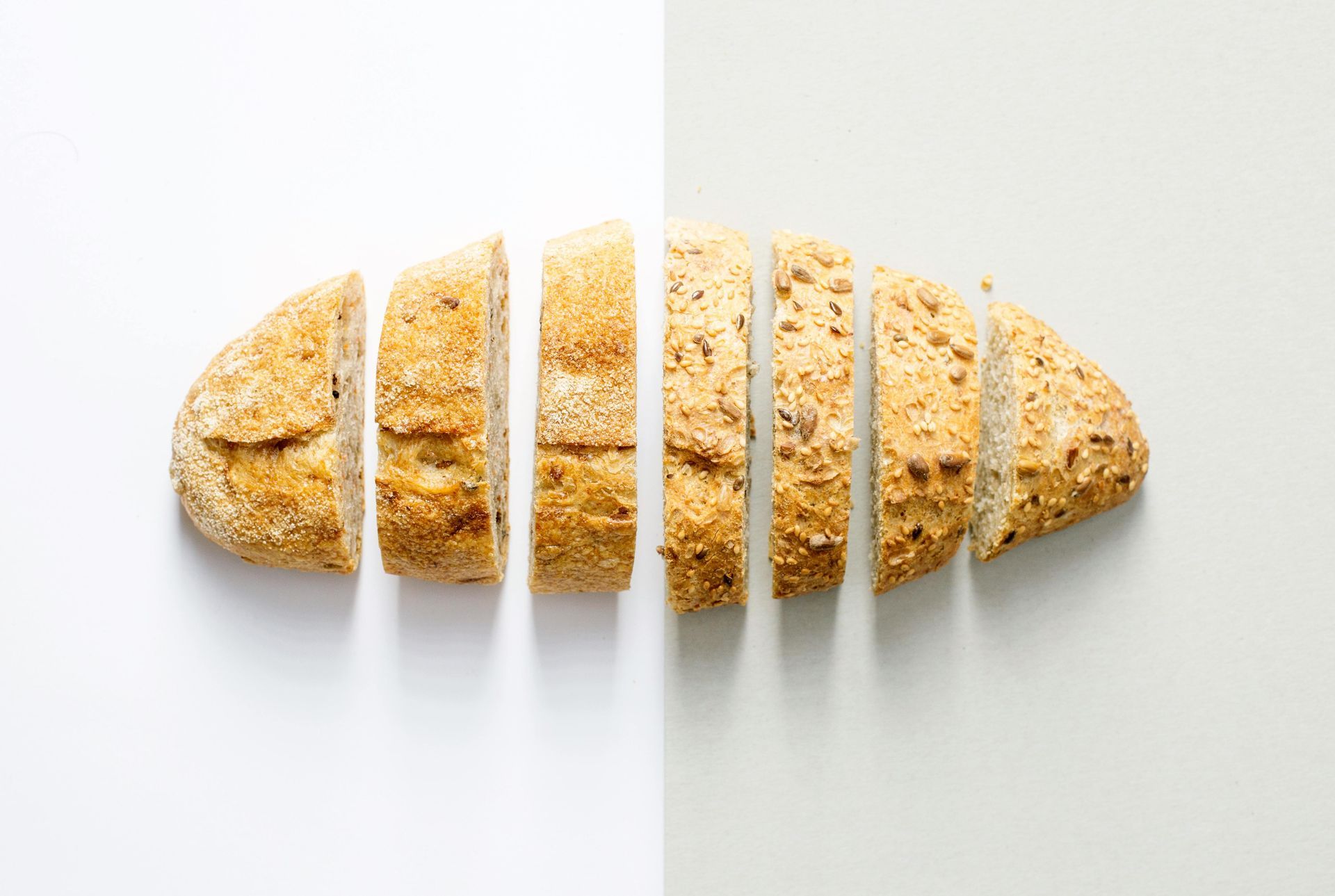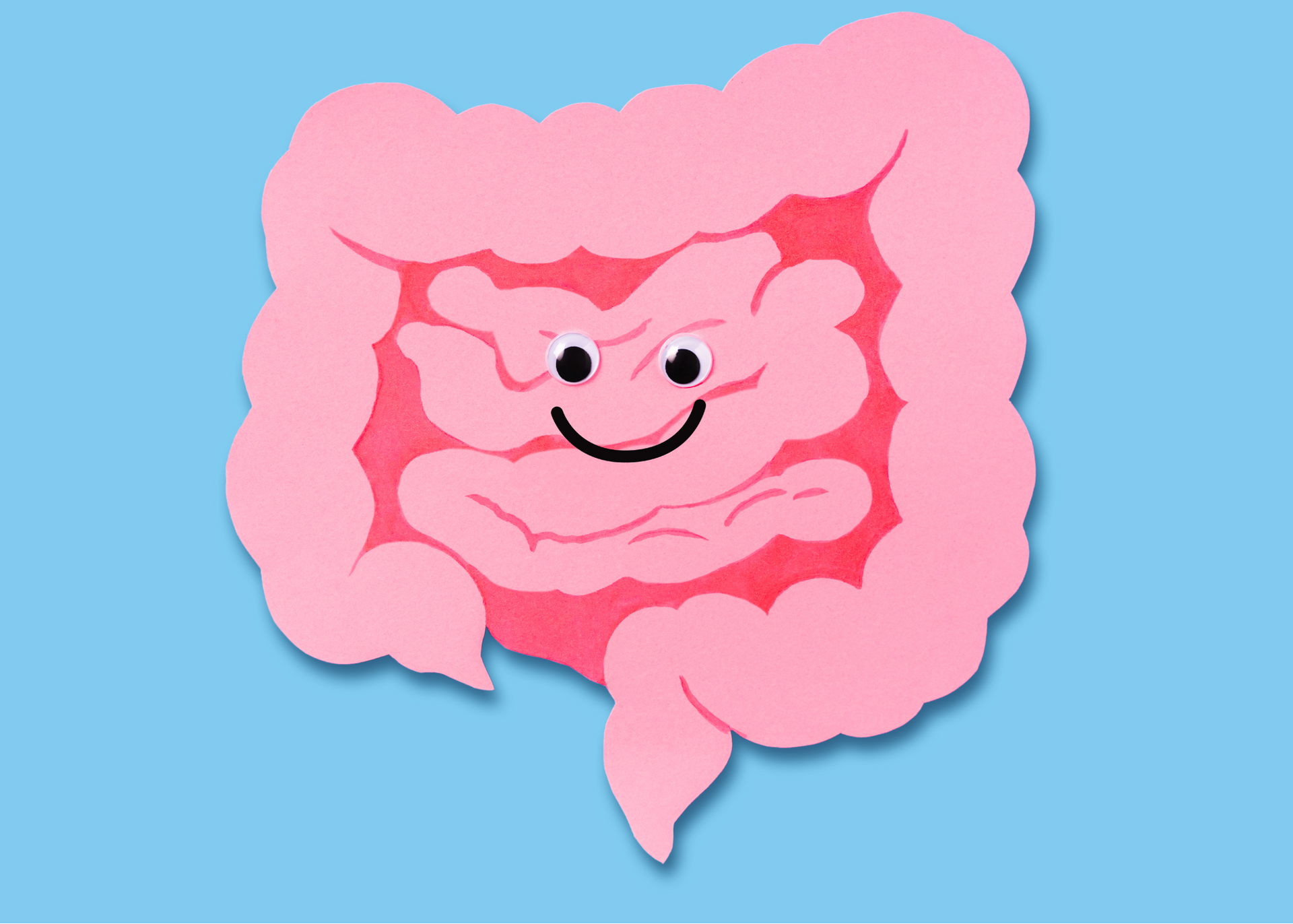Is a Gluten-Free Diet Healthy? What We Tell Our Clients

Gluten is one of the most debated topics in the nutrition world.
Some people cut it out and feel dramatically better.
Others avoid it because they think they should.
And many people eat it daily and feel just fine.
So—do you need to avoid gluten to be healthy?
In this post, we’ll walk you through:
- Why gluten is more problematic today than it used to be
- The difference between Celiac and non-Celiac gluten sensitivity (NCGS)
- The #1 mistake we see functional medicine practitioners making
- Whether it’s possible to “reverse” a gluten sensitivity
- How we decide if a client needs to go on a gluten-free diet
Why Gluten is More Problematic Today
If you feel like more people are sensitive to gluten than ever before, you’re not imagining it.
A few key changes in how wheat is grown and processed have made today’s gluten harder to tolerate:
- Wheat has been hybridized to boost crop yields, which altered its gluten structure, FODMAP content, and protein cross-linking—making it harder to digest.
- Glyphosate, a pesticide commonly sprayed on wheat before harvest, can leave behind residues that disrupt gut health and the immune system.
- Gluten is now added to many processed foods as an isolated ingredient to improve texture and shelf life.
- Traditional fermentation practices are fading. Long-fermented sourdough helps break down gluten and support digestion, but most store-bought bread is made with fast-rise methods that skip this step.
Bottom line: Gluten today isn’t the same as it was 50 years ago—and for many people, that makes a big difference.

Celiac Disease vs. Non-Celiac Gluten Sensitivity (NCGS)
When people think of gluten issues, they usually think of celiac disease—an autoimmune condition where the body attacks the small intestine in response to gluten.
Celiac is diagnosed through specific antibody testing (like anti-tTG or DPG) and confirmed with a biopsy.
Even trace amounts of gluten from cross-contamination can cause damage in people with celiac disease.
But celiac isn’t the only issue.
Non-celiac gluten sensitivity (NCGS) is a separate, more common condition.
It’s not autoimmune, and it doesn’t visibly damage the intestines, but it can still disrupt the gut lining and trigger inflammation.
NCGS can lead to symptoms like:
- Bloating, gas, or abdominal pain
- Fatigue or brain fog
- Headaches or joint pain
- Skin issues like eczema or psoriasis
- Mood changes, including anxiety
You don’t need to have celiac disease—or even digestive symptoms—for gluten to be causing issues.
Many people with NCGS don’t experience obvious or immediate reactions, which can make it difficult to identify without testing and a skilled practitioner’s guidance.
The Problem With Most Gluten-Free Advice
We’ve seen firsthand how going gluten-free can be life-changing for some clients. But we’ve also seen the downside of one-size-fits-all protocols.
In functional medicine, it’s become increasingly common to recommend a gluten-free diet for every client.
While that advice may be well-intentioned, it can backfire.
Unnecessary food restrictions, whether it’s gluten-free, paleo, low-carb, or plant-based, can create a complicated relationship to food. And the stress of navigating a limited diet can sometimes do more harm than good.
Sadly, I know this firsthand.
At one point in my health journey, I kept cutting out more and more foods until I had barely anything left. I vividly remember bringing prepped meals to a bachelorette party because my diet was so restrictive!
Thanks to some serious gut healing, and repairing my relationship with food - I can now enjoy going out to eat, cooking with friends, and dinner date nights without stress.
This is the kind of freedom we want for our clients.

How We Decide Whether Gluten Needs to Go
At Plate and Canvas, we don’t guess—we test.
Here’s how we evaluate gluten tolerance in our practice:
- Celiac screening via bloodwork, including total IgA, anti-tTG, and anti-DGP antibodies
- NCGS indicators on the GI-MAP stool test, such as an elevated anti-gliadin sIgA
We also look at potential drivers of NCGS (like bacterial imbalances, gut inflammation, and poor mucosal immunity) that may be triggering or worsening reactions.
In many cases, addressing these underlying issues can help reduce reactivity and improve overall resilience.
We also consider the full picture including symptoms, medical history, autoimmune risk, and overall gut health before making gluten-related recommendations.
Can You Heal Enough to Reintroduce Gluten?
In some cases, yes.
We’ve worked with clients who initially reacted poorly to gluten but were later able to tolerate it after:
- Reducing gut inflammation
- Rebalancing their microbiome
- Healing their intestinal lining
- Supporting their immune system
It’s not
always possible, but it’s a goal we explore as part of a long-term, personalized strategy.

So, Is a Gluten-Free Diet Healthy?
It can be.
But it depends on how you do it.
If you have Celiac or NCGS, cutting out gluten and focusing on whole, nutrient-dense foods like meat, fish, eggs, fruits, veggies, and gluten-free grains can absolutely support healing.
But swapping gluten-containing products for lots of gluten-free bread, pasta, and desserts made with inflammatory oils, refined sugar, and preservatives isn’t doing your body favors.
A gluten-free diet isn’t automatically healthy. It’s important to eat an anti-inflammatory, nutrient-rich diet whether or not it contains gluten.
Quick Recap: Key Takeaways
We don’t believe everyone needs to avoid gluten.
But we also don’t ignore its potential to drive gut damage, inflammation, and immune reactivity—especially when someone is dealing with an autoimmune condition, gut issues, or other symptoms.
Don’t pay someone to hand you a one-size-fits-all diet. Instead, work with a practitioner that uses tools like testing to guide smart, personalized changes.
If you’re curious whether gluten might be a problem for you, or you want to explore other testing options,
book a 20 minute discovery call to see if the Wellness Blueprint is a good fit for you.
Continue Reading













